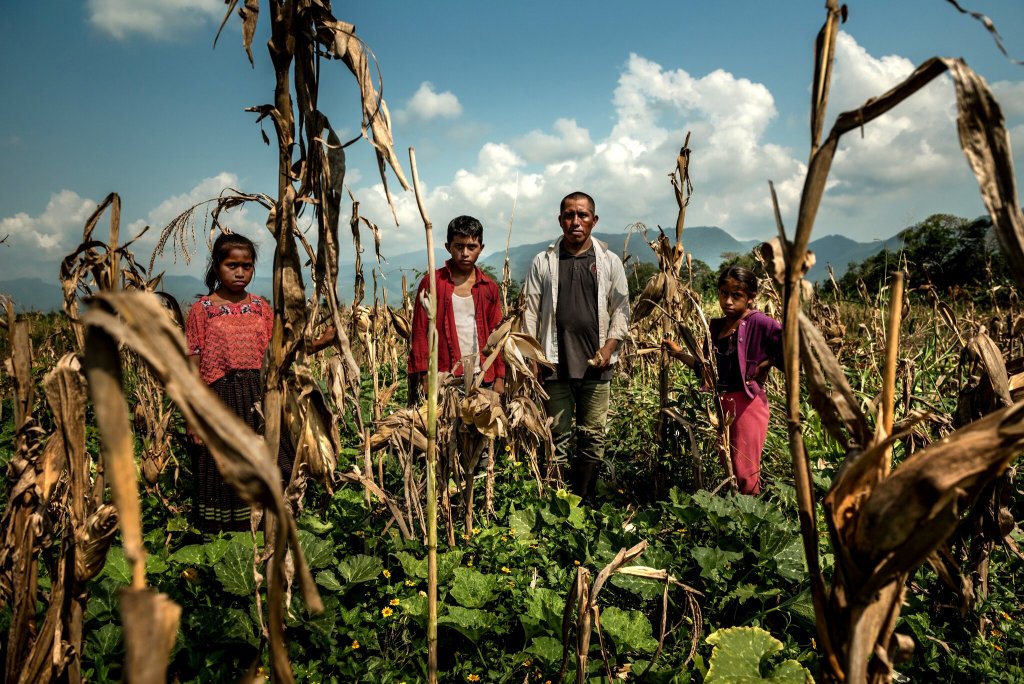UNAIR NEWS – A New York Times article wrote that in the early 2020s, 1 percent of the total land area on Earth had become hot zones like in the Sahara Desert due to global warming. In the same article, it is estimated that the impacts of climate change in the next 50 years will turn one-fifth of the Earth’s total land into a hot zone because the global temperature in 50 years will go higher faster than in the last 6,000 years.
This issue became a topic of guest lecture on Environmental Law course at Faculty of Law (FH) UNAIR on Monday afternoon, May 24, 2021. The speaker in the event was an Environmental Law Expert from Edith Cowan University, Australia, Dr. Mostafa Nasser. Nasser said that the increasing hot zones on Earth cause an urgent danger, which is known as climate change migration.
“The hot zones are mostly in places where there is a population. With the increasing temperature in this zone, the place will be impossible to live in and vulnerable to extreme weather conditions. As a result, those who live there have to migrate, searching for a new place to live. That is climate change migration,” said the guest lecturer.
Nasser said that climate change migration also has an interconnection with factors of population boom in impact-prone areas, economic disparity, and urbanization. The Macquarie University alumnus said that migration, which is forced to survive, usually extends to urban areas and in certain continental areas.
“The danger of this is, of course, the overpopulation and inequality of population distribution in some parts of the world. These migrations can also cross national borders, and there are statistics that more populations are displaced by disasters or climatic conditions than conflicts or wars,” he said.
International legal intervention to solve the problem is still not organized on a massive scale. According to Nasser, a binding legal instrument such as the Paris Agreement only mentions the issue of climate change migration twice. The absence of a comprehensive discussion has become a problem regarding the issue of climate change migration which is prone to causing conflicts between countries and rejection of refugees. Nasser added that this issue also has a connection related to human rights violations and SDGs issues.
“Also, the 1951 Convention Relating to the Status of Refugees only defines a refugee as someone who has moved to another country due to being persecuted with political arguments. With the existing problems of climate change migration, people are no longer displaced because of political matters, but also due to environmental concerns,” he said.
Author: Pradnya Wicaksana
Editor: Nuri Hermawan





